What is Shadowing and Can it Improve Your Spoken Japanese? I Tried Shadowing Every Day for a Month
/“I can read it and understand it, but I can’t speak like that!”
…Does this sound familiar?
Almost all language learners feel that their production (speaking and writing) is not as strong as their comprehension (listening and reading). This is normal, but it’s still frustrating.
One method that is supposed to improve your listening and speaking is shadowing.
I’d heard of shadowing before, and I’d seen Japanese language learning resources devoted to it – but I’ve never tried it. I decided to try this every day for a month, and see what impact it had.
Read More

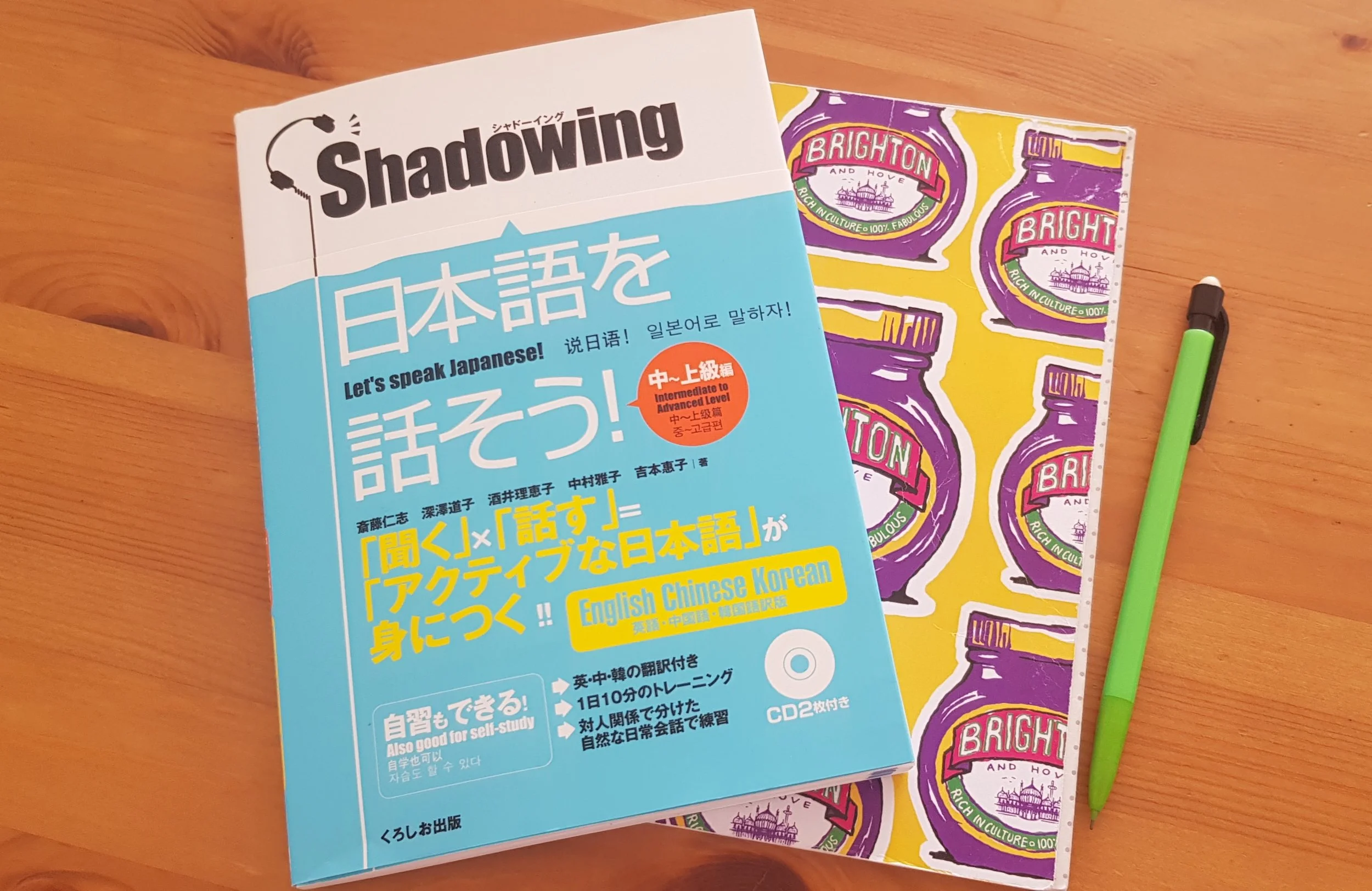








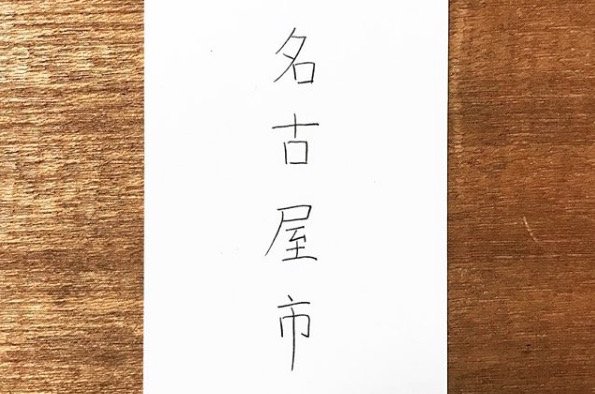

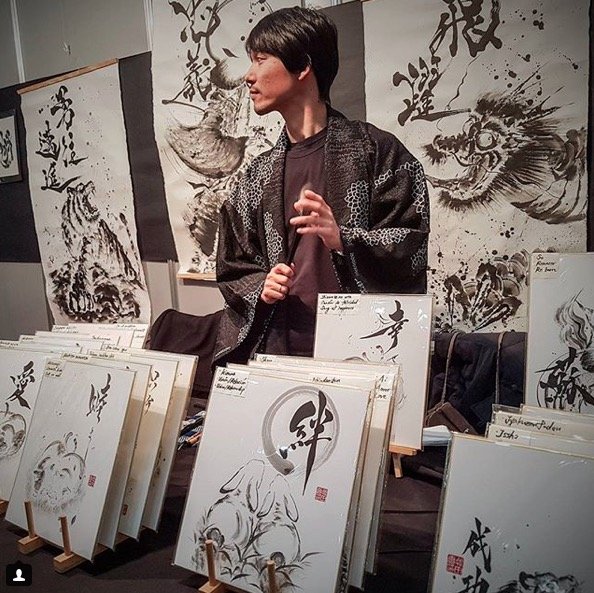
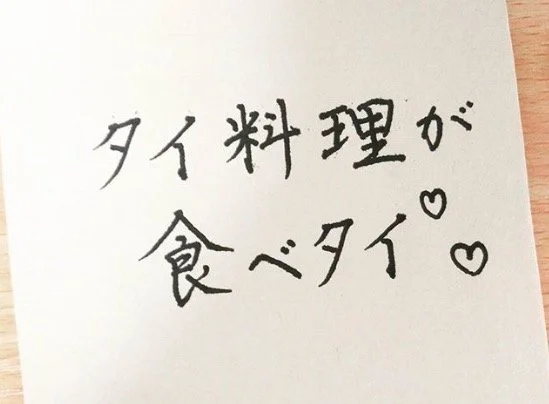

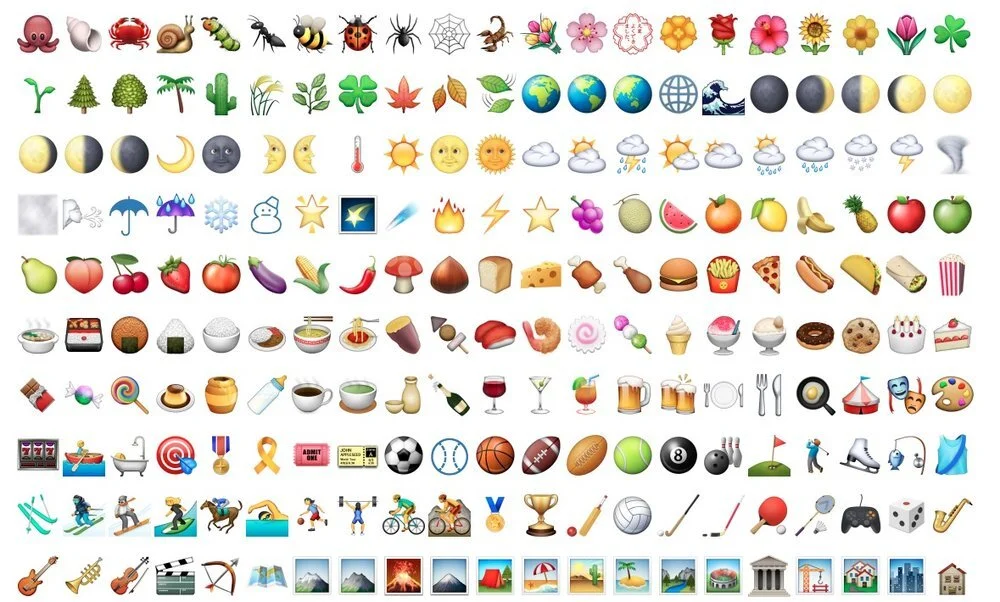





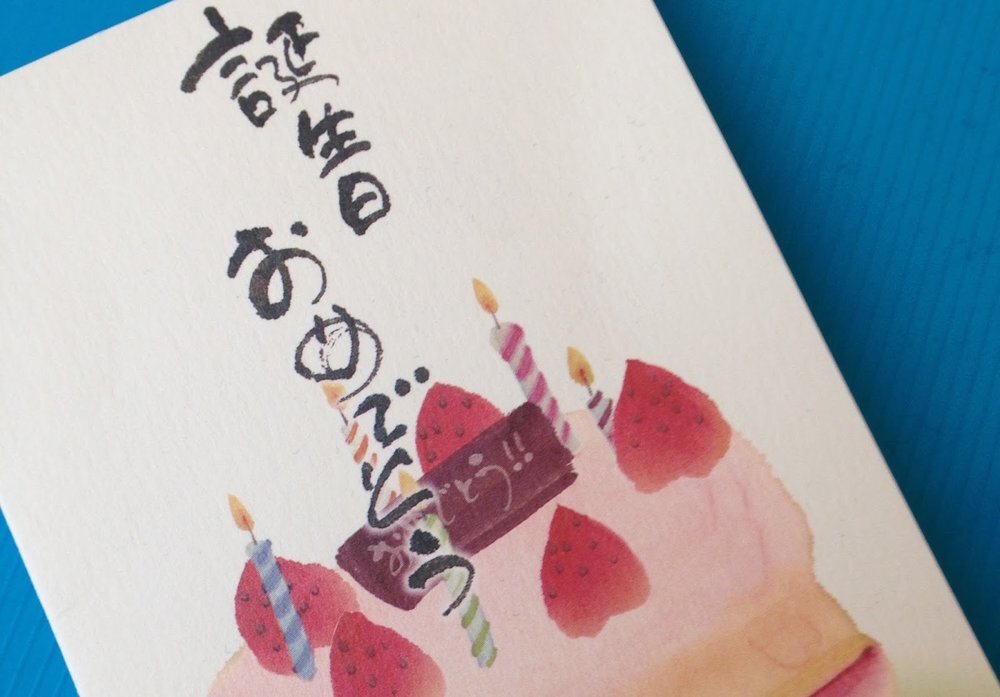














Like many people in the UK, I studied French in school. I liked French. I thought it was really fun to speak another language, to talk with people, and to try and listen to what was going on in a new country. (Still do!)
When I was 14 we went on a school exchange to the city of Reims, in northeastern France. I was paired with a boy, which I’m sure some 14-year-olds would find very exciting but which I found unbearably awkward. He was very sweet and we completely ignored each other.
That was nearly 20 years ago, and I didn’t learn or use any more French until, at some point in lockdown, I decided on a whim to take some one-to-one lessons with online teachers. Here are some things I learned about French, about language learning, and about myself.